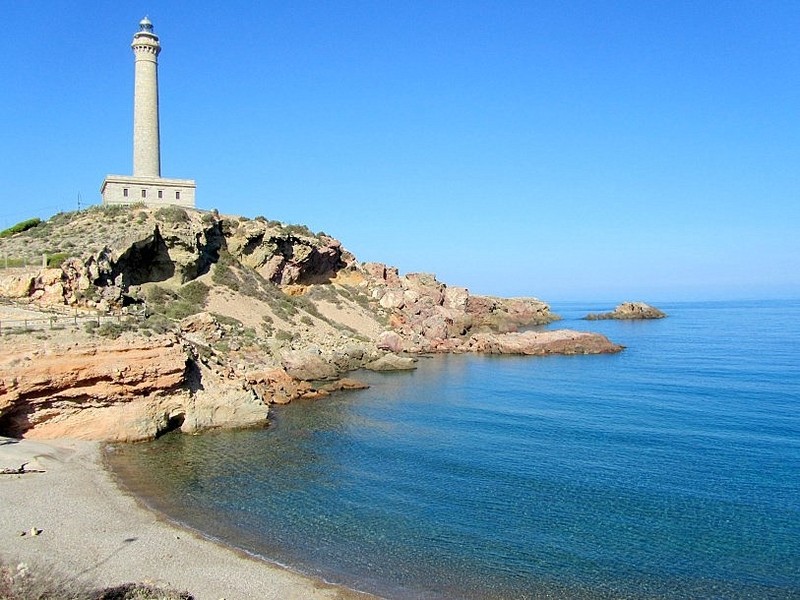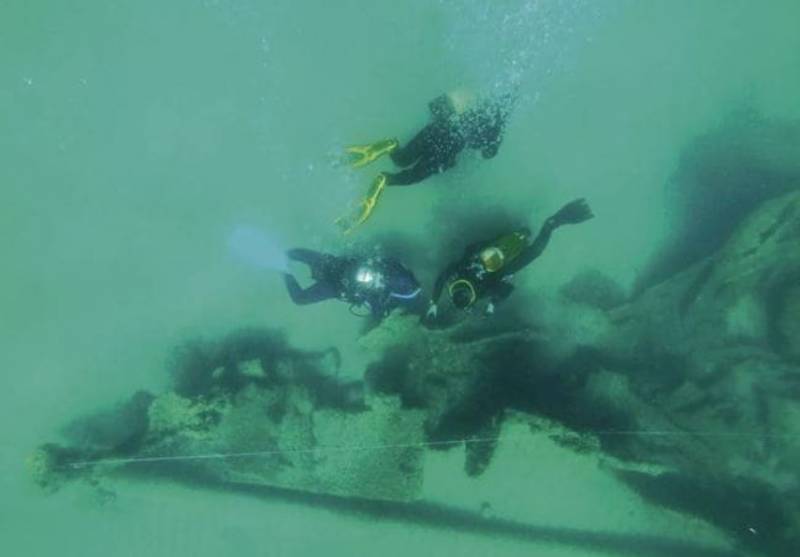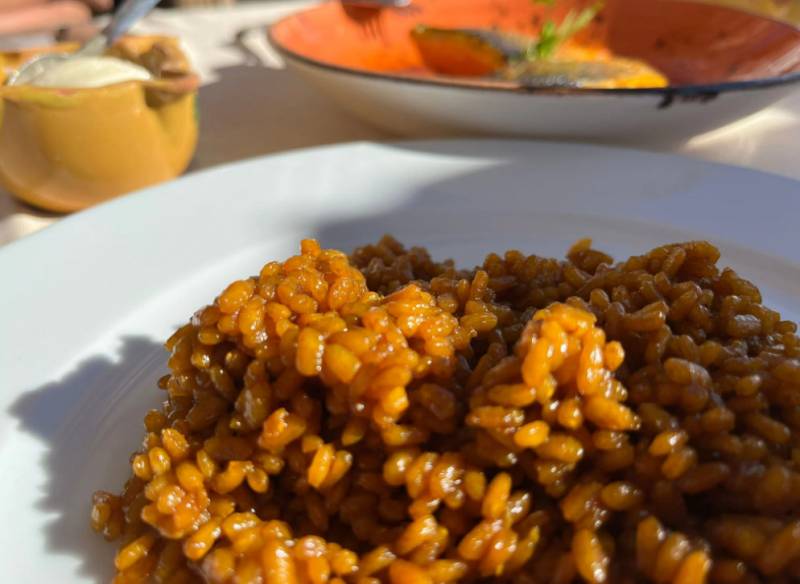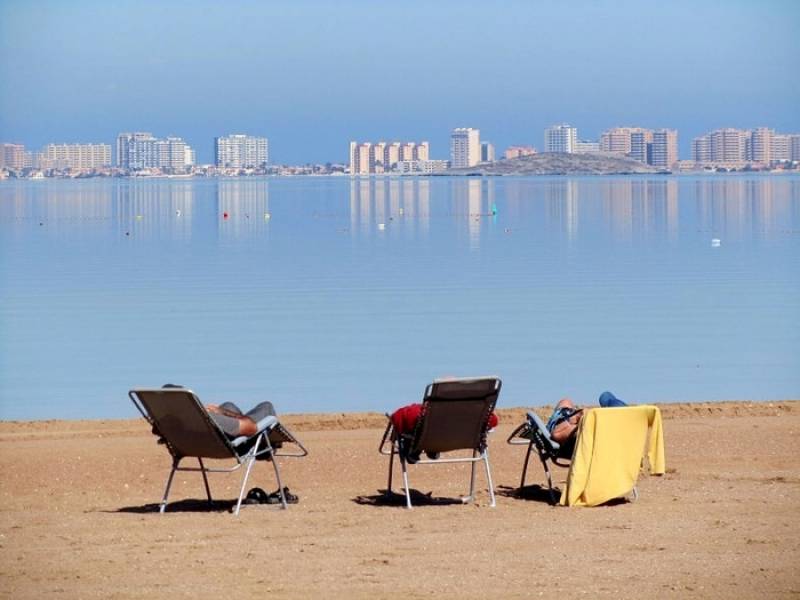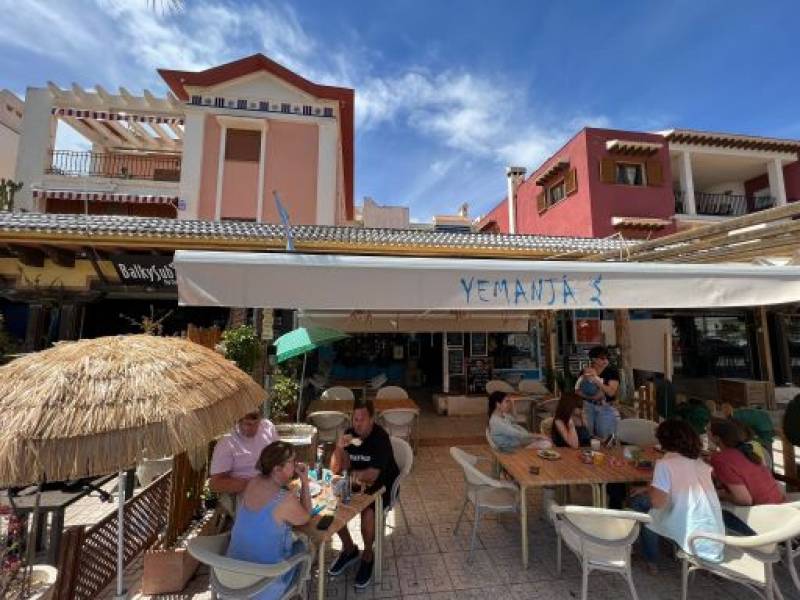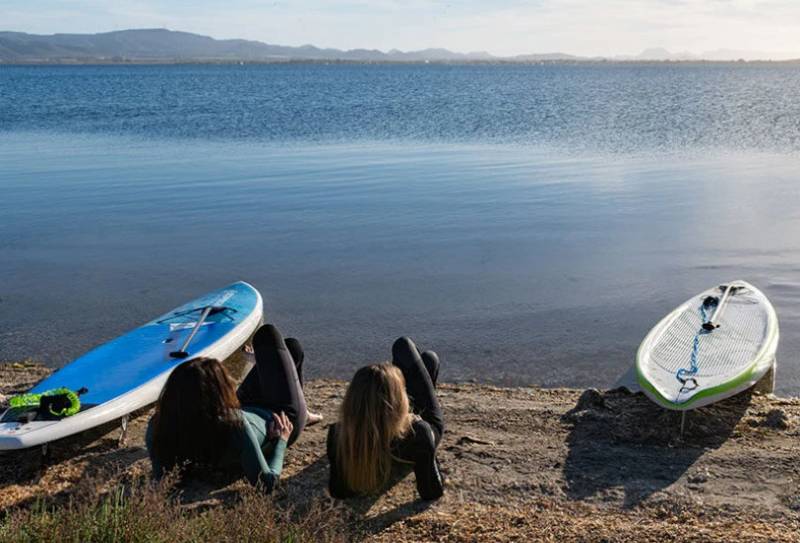- Region
- Águilas
- Alhama de Murcia
- Jumilla
- Lorca
- Los Alcázares
- Mazarrón
- San Javier
-
ALL AREAS & TOWNS
- AREAS
- SOUTH WEST
- MAR MENOR
- MURCIA CITY & CENTRAL
- NORTH & NORTH WEST
- TOWNS
- Abanilla
- Abarán
- Aguilas
- Alamillo
- Alcantarilla
- Aledo
- Alhama de Murcia
- Archena
- Balsicas
- Blanca
- Bolnuevo
- Bullas
- Cañadas del Romero
- Cabo de Palos
- Calasparra
- Camping Bolnuevo
- Campo De Ricote
- Camposol
- Canada De La Lena
- Caravaca de la Cruz
- Cartagena
- Cehegin
- Ceuti
- Cieza
- Condado de Alhama
- Corvera
- Costa Cálida
- Cuevas De Almanzora
- Cuevas de Reyllo
- El Carmoli
- El Mojon
- El Molino (Puerto Lumbreras)
- El Pareton / Cantareros
- El Raso
- El Valle Golf Resort
- Fortuna
- Fuente Alamo
- Hacienda del Alamo Golf Resort
- Hacienda Riquelme Golf Resort
- Isla Plana
- Islas Menores & Mar de Cristal
- Jumilla
- La Azohia
- La Charca
- La Manga Club
- La Manga del Mar Menor
- La Pinilla
- La Puebla
- La Torre
- La Torre Golf Resort
- La Unión
- Las Palas
- Las Ramblas
- Las Ramblas Golf
- Las Torres de Cotillas
- Leiva
- Librilla
- Lo Pagan
- Lo Santiago
- Lorca
- Lorquí
- Los Alcázares
- Los Balcones
- Los Belones
- Los Canovas
- Los Nietos
- Los Perez (Tallante)
- Los Urrutias
- Los Ventorrillos
- Mar De Cristal
- Mar Menor
- Mar Menor Golf Resort
- Mazarrón
- Mazarrón Country Club
- Molina de Segura
- Moratalla
- Mula
- Murcia City
- Murcia Property
- Pareton
- Peraleja Golf Resort
- Perin
- Pilar de la Horadada
- Pinar de Campoverde
- Pinoso
- Playa Honda
- Playa Honda / Playa Paraíso
- Pliego
- Portmán
- Pozo Estrecho
- Puerto de Mazarrón
- Puerto Lumbreras
- Puntas De Calnegre
- Region of Murcia
- Ricote
- Roda Golf Resort
- Roldan
- Roldan and Lo Ferro
- San Javier
- San Pedro del Pinatar
- Santiago de la Ribera
- Sierra Espuña
- Sucina
- Tallante
- Terrazas de la Torre Golf Resort
- Torre Pacheco
- Totana
- What's On Weekly Bulletin
- Yecla


- EDITIONS:
 Spanish News Today
Spanish News Today
 Alicante Today
Alicante Today
 Andalucia Today
Andalucia Today
article_detail
A history of Cabo de Palos
From the Neanderthals to dive tourism in Cabo de Palos
This area has been occupied by mankind since human ancestors first began to appear on mainland Europe, and there are several sites around the Mar Menor which have yielded rich remains of the early humans, and indeed the Neanderthals who lived and hunted in Torre Pacheco nearby.
Some of these sites are in the dunes and beach of Las Amoladeras, the northernmost beach of Cabo de Palos as the headland curves round towards La Manga del Mar Menor, and among the items found there are ancient ceramic kilns, flint arrowheads and copper coins. Cereal mills were located on what is now the beach.
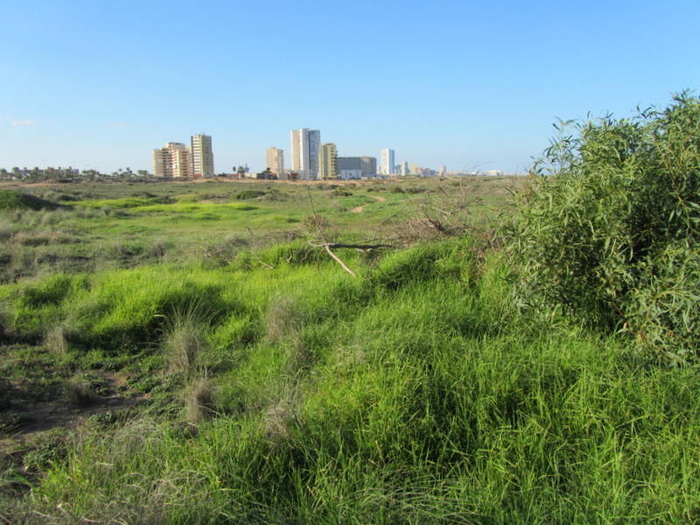
The earliest written records of Cabo de Palos appear in the texts of Pliny the Elder and Rufus Festus Aurelius, both of whom report that on the site now occupied by the lighthouse there was once a temple dedicated to the God Baal Hammon, Lord of the two horns.
Baal was the god of fertility and was worshipped by the Carthaginians who occupied what is now Cartagena. 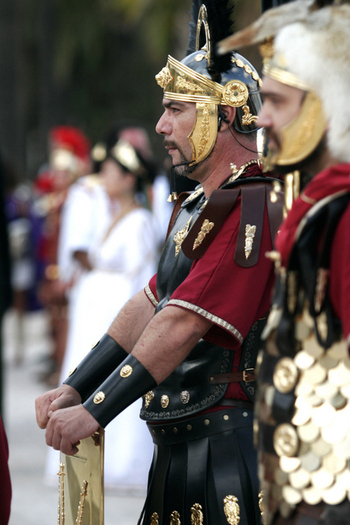 They inhabited the area before the Roman occupation, around 250BC, and were engaged in constant conflict with the Romans for control of the lucrative Mediterranean shipping routes, two notable periods of direct conflict being the Punic Wars, during which the Romans pushed them further and further along the coast and out along the edges of Africa and the Iberian peninsula. Once an immensely powerful trading nation, the Carthaginian influence finally waned, and Cartagena was overrun by the Romans, displacing Hannibal. The famous general had lived in Cartagena and may well have worshipped at the temple in Cabo de Palos before setting out across the Alps with his elephants, leaving the city vulnerable to the Romans who invaded it in 210 BC.
They inhabited the area before the Roman occupation, around 250BC, and were engaged in constant conflict with the Romans for control of the lucrative Mediterranean shipping routes, two notable periods of direct conflict being the Punic Wars, during which the Romans pushed them further and further along the coast and out along the edges of Africa and the Iberian peninsula. Once an immensely powerful trading nation, the Carthaginian influence finally waned, and Cartagena was overrun by the Romans, displacing Hannibal. The famous general had lived in Cartagena and may well have worshipped at the temple in Cabo de Palos before setting out across the Alps with his elephants, leaving the city vulnerable to the Romans who invaded it in 210 BC.
Baal's partner was the goddess Tanit, and each year she is evoked in a ceremony which takes place in the Romans and Carthaginians fiestas, one of the most colourful and exciting in the region, at the end of September.
The Romans had their own gods, so the temple was turned over to the worship of Saturn, the Roman god of agriculture, justice and strength, and an imposing place it must have been, set high on the rocky point, priests lighting the fires which nourished and fed it.
There is no trace today of the temple, and no further written records of the settlement of Cabo de Palos exist until the mid-16th century, when Philip II of Spain ordered the construction of a watchtower to alert inhabitants of the surrounding countryside when Berber pirates approached the coastline.
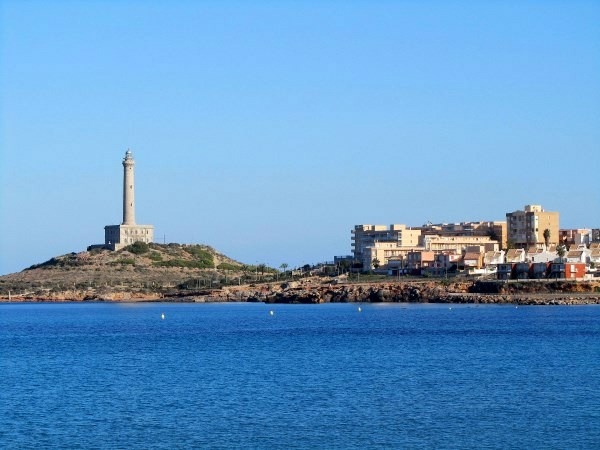
These historical facts are still brought to life every year in the local fiestas of the Berber invasions, or "incursions" as they are known here, which take place the week following Easter in Los Alcázares. The Berber raiders from northern Africa were a real problem along this coastline, raiding and kidnapping, stealing flocks and crops and taking local people hostage or selling the ones with no ransom value in Arab slave markets.
As late as 1815 there are still records of pirate attacks, a famous battle between US Naval forces and Algerian forces taking place in what is known as the second Berbery war. In this battle, the Battle of Cabo de Palos, the US forces captured the Algerian flagship which was taken into Cartagena before chasing after the Estedio, a 12-gun Algerian brig, to Cabo de Palos where they engaged, with the US winning after gunning down the 23 crew as they attempted to flee in lifeboats!
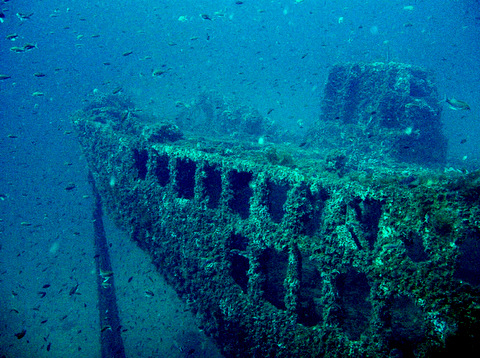 There are a large number of wrecks in these waters, which make it an exciting place for divers, but which also underline the need for the construction in 1865 of the lighthouse we see today. It's an imposing structure which is capable of transmitting a beam of light for 40km, and undoubtedly saved many lives during the time it was in service. Sadly, though, it failed to save the crew of the Sirio when it foundered in 1906.
There are a large number of wrecks in these waters, which make it an exciting place for divers, but which also underline the need for the construction in 1865 of the lighthouse we see today. It's an imposing structure which is capable of transmitting a beam of light for 40km, and undoubtedly saved many lives during the time it was in service. Sadly, though, it failed to save the crew of the Sirio when it foundered in 1906.
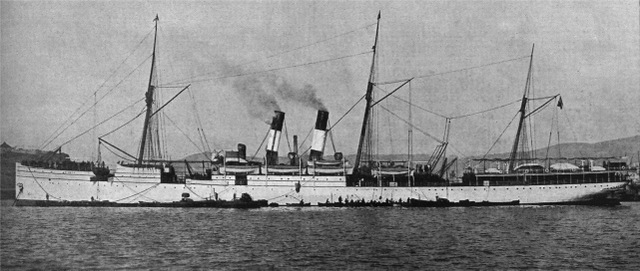
The wreck of the Sirio
This is such a sad tale of greed, corruption and disregard for human life that it deserves to be told. The wreck is commemorated by a photograph of her captain at the top by the lighthouse itself, along with a photograph of the ship as she broke apart.
The Sirio was traveling from Spain to America in 1906, carrying the poorest of the poor from Spain as they headed for the USA in search of a better life.
She should have carried 610 passengers, but is said to have had more than 1000 on board, a bunk which should have held 1 child sleeping four, and the captain is known to have taken on board many extra passengers at 100 pesetas a head for the journey to America without declaring them on the passenger list.
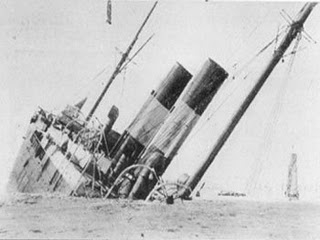 For some reason which is still not clear, the captain chose to ignore the warning of the lighthouse and charts, taking a short cut between the islands where the waters concealed hidden rocks and hit a ridge. A massive explosion split the ship in two and it went down in two sections in deep water, either side of the ridge it had hit. The captain and his crew were the first to abandon ship, leaving the frightened passengers to fight for the few lifeboats, and only the efforts of local fishermen who mounted a rescue effort saved the lives of 580, with everyone else perishing when the boat went down.
For some reason which is still not clear, the captain chose to ignore the warning of the lighthouse and charts, taking a short cut between the islands where the waters concealed hidden rocks and hit a ridge. A massive explosion split the ship in two and it went down in two sections in deep water, either side of the ridge it had hit. The captain and his crew were the first to abandon ship, leaving the frightened passengers to fight for the few lifeboats, and only the efforts of local fishermen who mounted a rescue effort saved the lives of 580, with everyone else perishing when the boat went down.
No-one knows exactly how many died that day, as no records were kept of the illegal passengers on board and no further action was taken against the captain who caused the deaths of so many through his recklessness and greed.
The parallels with modern-day tales of illegal immigrants attempting to cross the Mediterranean are clear for all to see.
The final major event to take place here was the biggest naval battle of the Spanish Civil War in 1938, during which the Nationalist heavy cruiser “Baleares” was sunk and an estimated 765 men died.
In recent decades Cabo de Palos has not only continued its fishing tradition, but has become a popular destination for both occasional and residential tourists. As a result the village has expanded into a town, and has spread slightly to the north and more noticeably to the south-west, towards Cala Flores and Cala Reona. It is now a busy community all year round, with tourists attracted not only by the beaches in summer but also by the numerous diving opportunities and coastal walks throughout the year.
article_detail
Contact Murcia Today: Editorial 000 000 000 /
Office 000 000 000

